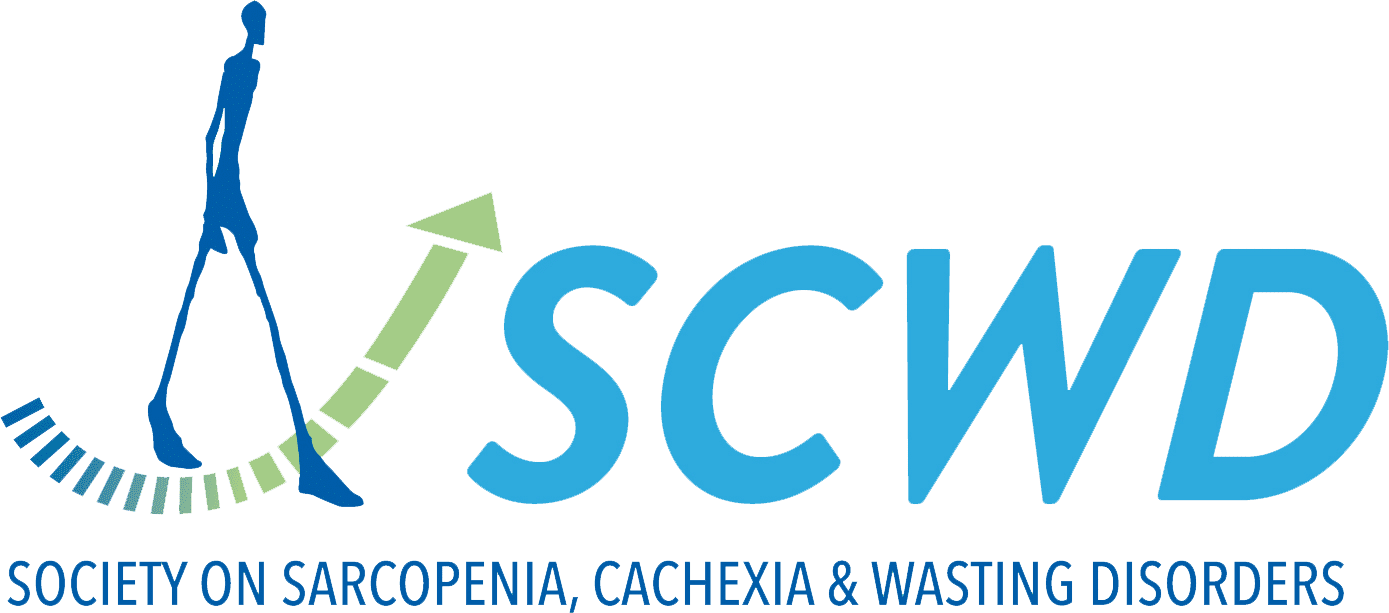Current sarcopenia definitions and clinical outcomes: a need for homogeneity?
Three new definitions of sarcopenia have emerged in the past four years, proposed by the Sarcopenia Definition and Outcome Consortium (2020, SDOC), the European Working Group on Sarcopenia in Older People (2019, EWGSOP2) and the Asian Working Group on Sarcopenia (2019, AWGS2). No consensus on a unique definition of sarcopenia has yet been achieved, as the three new definitions proposed exhibit significant differences from each other. EWGSOP2’s definition of sarcopenia, for instance, characterises it as low muscle strength and mass, while the one developed by SDOC focuses on low muscle strength and gait speed instead.
The aim of this scoping review was to investigate all three recent sarcopenia definitions’ predictive validity for clinical outcomes.


